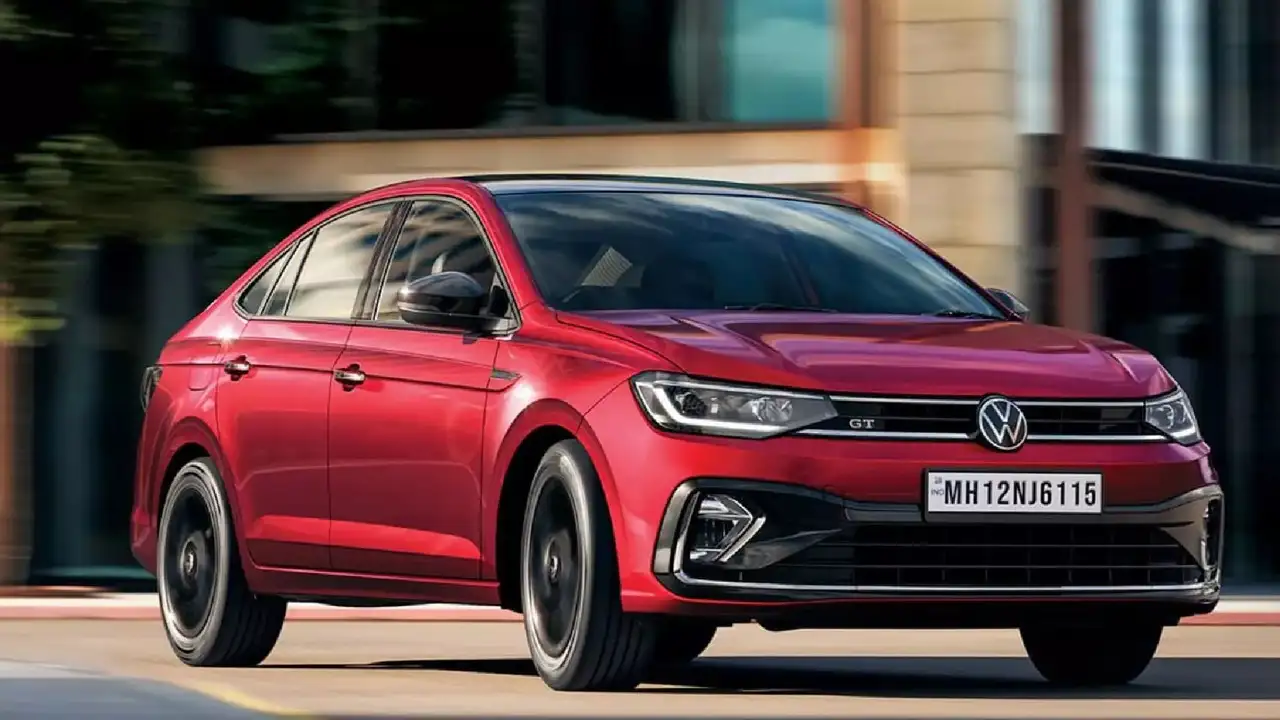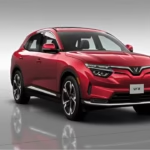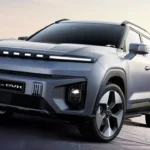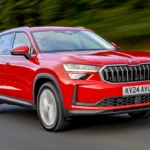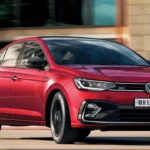Volkswagen, a brand known for its engineering excellence and premium European appeal, has faced a significant setback in India, as the company struggles to maintain its foothold in one of the world’s most competitive automobile markets. Despite its long-standing presence, the German automaker has seen a consistent decline in sales, raising questions about the effectiveness of its strategy in India. With the Indian automobile market evolving rapidly, Volkswagen’s traditional approach is facing increasing pressure from both domestic and international competitors. This article explores the factors behind Volkswagen’s faltering strategy and its struggle to keep pace with the changing dynamics of the Indian market.
1. Pricing Strategy and Affordability Issues
One of the key reasons behind Volkswagen’s sales decline in India is its pricing strategy. Historically, the brand has positioned itself as a premium offering in the Indian market, focusing on high-quality, feature-packed vehicles. However, this pricing approach has made Volkswagen cars less accessible to the price-sensitive Indian consumer, especially in a market where affordability plays a pivotal role in purchasing decisions.
In India, the majority of buyers are looking for vehicles that offer great value for money, particularly in the compact car and entry-level SUV segments. Volkswagen’s relatively higher price points, especially when compared to competitors offering similar features at a lower cost, have limited its appeal. While the brand’s vehicles are well-engineered, their premium pricing has led many consumers to look towards more affordable options from brands like Maruti Suzuki, Hyundai, and Tata Motors, which have successfully catered to the budget-conscious Indian market.
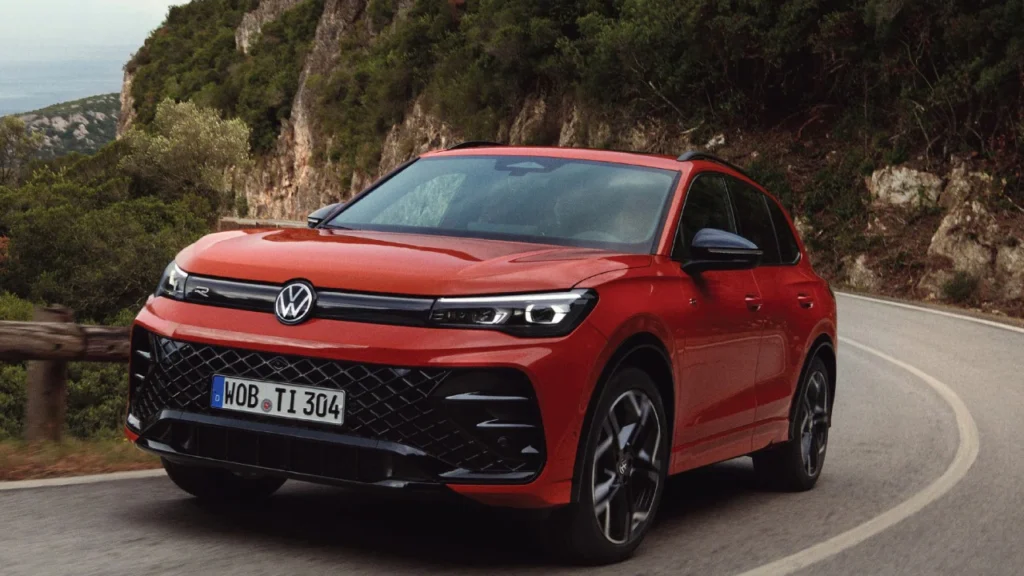
2. Shift in Consumer Preferences
Indian consumers have been shifting their preferences towards SUVs, crossovers, and compact cars in recent years. While Volkswagen has tried to tap into these segments with models like the T-Roc and Taigun, its efforts have not been as successful as anticipated. The growing demand for SUVs, driven by their elevated stance, better road presence, and versatility, has led many buyers to choose models from competitors that offer similar features at a lower price point.
Volkswagen’s relatively limited SUV portfolio, combined with its traditional focus on sedans and hatchbacks, has made it harder for the brand to capture the attention of the modern Indian consumer, who increasingly seeks higher ground clearance and more rugged vehicles. The Taigun, launched as a key model to compete in the compact SUV segment, has faced challenges in gaining traction due to fierce competition from brands like Hyundai, Kia, and Tata, which have already established a strong foothold in this category.
3. Limited Focus on Entry-Level Segment
Another issue contributing to Volkswagen’s struggle in India is its limited focus on the entry-level car segment, which dominates the Indian market. The majority of car buyers in India are looking for affordable, efficient, and practical vehicles that suit the daily commute and urban driving conditions. Volkswagen’s portfolio has historically been focused on mid-range and premium cars, leaving a gap in the affordable segment, where brands like Maruti Suzuki and Hyundai have been able to capture significant market share.
Models like the Volkswagen Polo and Vento have served the brand well in the past, but they are now facing challenges due to the increased demand for small SUVs, compact crossovers, and budget-friendly hatchbacks. Volkswagen’s inability to effectively target this entry-level market segment has hindered its ability to connect with a large portion of Indian consumers.
4. Slow Adoption of Electric Vehicles (EVs)
As the automotive industry worldwide increasingly shifts toward sustainability, the demand for electric vehicles (EVs) in India is on the rise. While Volkswagen has made strides in the global EV market, its Indian operations have been relatively slow in embracing this trend. The lack of a robust EV strategy in India has put the brand at a disadvantage, as Indian consumers become more environmentally conscious and seek greener alternatives to traditional internal combustion engine vehicles.
Volkswagen’s competitors, particularly Tata Motors and Hyundai, have already launched EVs in India that offer a combination of affordability, range, and modern features. The absence of competitive electric models from Volkswagen has made it harder for the brand to capture the attention of the growing eco-conscious consumer base. As the Indian government continues to push for the adoption of electric vehicles through incentives and infrastructure development, Volkswagen’s delay in entering the EV market may result in missed opportunities.
5. Weak Brand Perception and Marketing Challenges
Despite Volkswagen’s global reputation for quality and engineering, the brand has faced challenges in building a strong emotional connection with Indian consumers. In a market where brand loyalty plays a significant role in driving sales, Volkswagen has struggled to position itself as a truly aspirational choice for Indian buyers.
The company’s marketing and branding efforts in India have often been perceived as too conservative, failing to create the kind of buzz and excitement that other brands have generated. Competitors like Hyundai, Kia, and Tata Motors have excelled at creating a strong brand presence in India, with appealing designs, catchy marketing campaigns, and targeted communication strategies. Volkswagen, on the other hand, has often been seen as less dynamic in its approach to engaging with the Indian audience, which may be contributing to the brand’s declining sales.
6. Dealer Network and After-Sales Support
Volkswagen has also faced issues with its dealer network and after-sales service in India. While the brand has a presence in key cities, its dealer network is not as extensive as some of its competitors. In urban areas, where convenience and easy access to service centers are crucial, Volkswagen’s limited service infrastructure has turned away potential customers.
Additionally, after-sales service plays a critical role in customer satisfaction, and any lapses in this area can tarnish a brand’s reputation. Although Volkswagen’s cars are generally reliable, the brand’s service experience in India has faced criticism for being less streamlined compared to some other automakers. This could be a contributing factor to the brand’s decreasing appeal.
7. Need for Product Revitalization
For Volkswagen to regain its footing in India, it will need to focus on product revitalization. This means expanding its SUV portfolio, launching more affordable models to cater to the entry-level segment, and making a serious push into the EV market. In addition, Volkswagen must focus on enhancing its brand positioning, ensuring that it appeals to the younger, tech-savvy Indian consumer who values style, features, and affordability.
By focusing on these key areas, Volkswagen can address the challenges it faces in India and re-establish itself as a major player in the Indian automobile market.
Conclusion
Volkswagen’s decline in India is a result of a combination of factors, including pricing issues, shifting consumer preferences, and increased competition from both domestic and international brands. The brand’s premium positioning, slow adaptation to market trends, and lack of focus on the entry-level and EV segments have hampered its growth. If Volkswagen is to reverse its fortunes in India, it must adapt to the evolving needs of the Indian consumer, offer more affordable and feature-rich vehicles, and build a stronger emotional connection with the market. By doing so, Volkswagen can hopefully regain its market share and once again become a formidable player in the competitive Indian automotive landscape.
